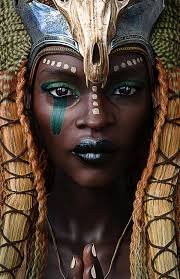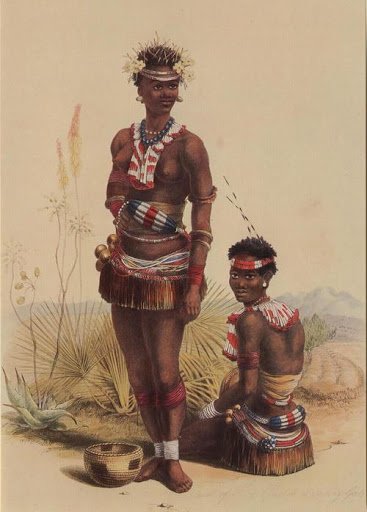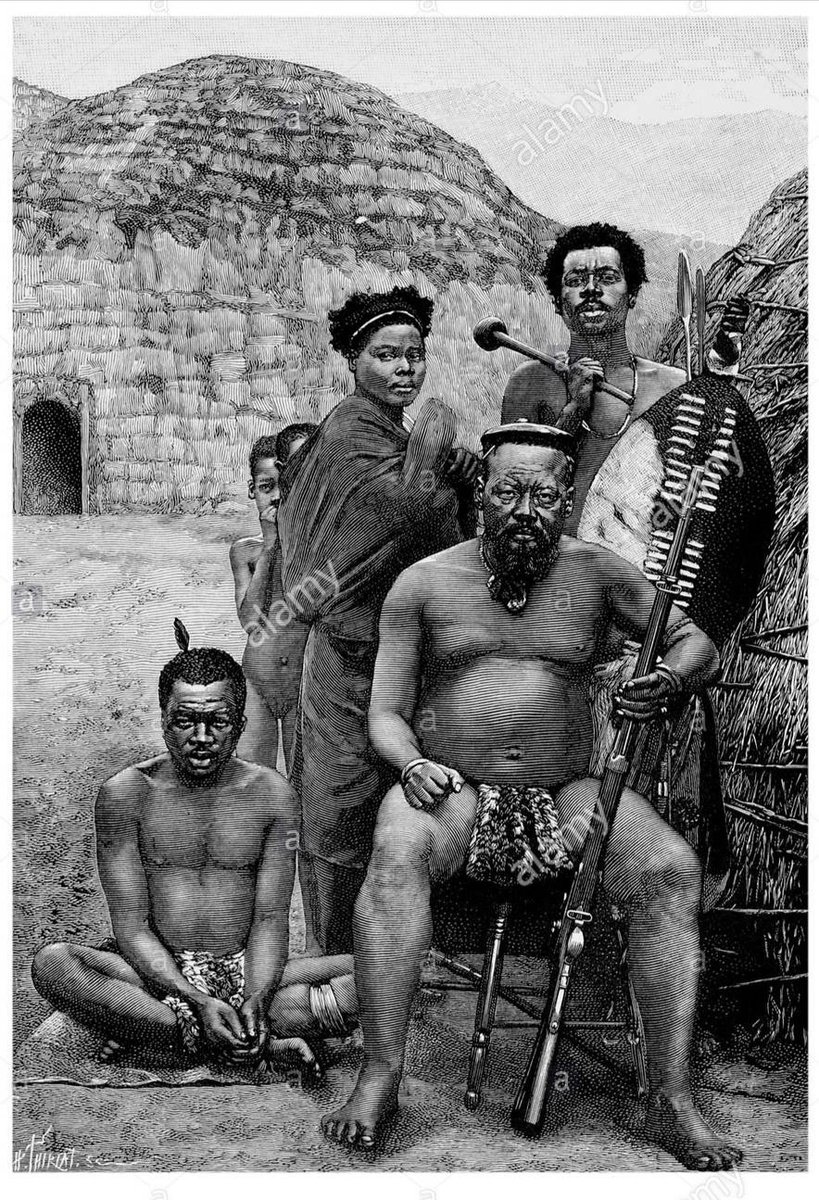
1. THE PRINCESS AND IMBULUMAKHASANE
A Ndebele 🇿🇼 folk tale....
Long, long ago when stones were still soft such that one could pinch them, there was a young, beautiful Ndebele princess.
A Ndebele 🇿🇼 folk tale....
Long, long ago when stones were still soft such that one could pinch them, there was a young, beautiful Ndebele princess.

2. One day during the Inxwala ceremony a young handsome prince from a far away kingdom was dazzled by the princess's beauty during the maidens' parade. He then asked his father to send a delegation to arrange a royal wedding. 

3. The young princess and the prince were deeply in love. The prince would travel to the kingdom to meet the princess at secret spot close to the royal bathing place by the riverside. 

4. The blossoming relationship of the young lovers caught the eye of an ugly river lizard: imbulumakhasane, which had magical abilities to shift its shape to a human form. The lizard fell in love with the prince and devised a trick to become his wife in place of the princess. 

5. The marriage arrangements were finalised and the prince came with his delegation to fetch his bride. The princess and her royal maidens went to bath at the river ahead of the royal wedding.
6. As they were bathing imbulumakhasane approached the princess and said 'Umuhle njani nkosazana.... I wish l looked like you. Can l come closer to see your dimples!' The princess said "Ngiyabonga... Yes you can come!"
7. As soon as imbulumakhasane came close to the princess it spat on her eyes. The princess's face suddenly changed and became ugly and imbulumakhasane took her form and looked exactly like the princess!
8. Thereafter imbulumakhasane said to the princess ' I'm now you and the prince is all mine! You are now my slave and will work for me at the royal house. If you dare say a word l will kill you!' The princess wept upon realizing that her identity had been stolen by imbulu.
9. Imbulumakhasane now looked exactly like the princess but the only problem was its long tail. It then asked the princess to make a small weaved net to hide the tail and tie it at the back.
10. Imbulumakhasane then dressed up and went for the ceremony which was a huge success. In the mean time the princess wept profusely and people assumed that she was a happy maiden overwhelmed with joy. 

11. After the wedding ceremony, the 'princess' and the royal maidens embarked on a long journey to her new home. They settled at the new home and she enjoyed all the privileges of royalty whilst the real princess worked as a slave.
12. Imbulumakhasane had one weakness : the love of milk! Imbulumakhasane would drink galons of milk per day through an opening at the tip of its long tail.
13. Soon there was a crisis at the royal palace. All the milk was finished. The more the cows were milked the more the milk got finished! The queen was angry and then devised a plan to catch the culprit. She said 'Kukhona imbulumakhasane eqeda uchago!' 

14. The queen knew that one of the new delegates was responsible for the grand milk theft as the problem only started with the arrival of her new daughter in law.
15. One morning the queen called the 'princess' and her maidens. She filled a big big pot with milk and asked them to jump over the pot one by one! All the maidens jumped over the pot and nothing happened.
16. When it was the turn of the 'princess' to jump over the pot she stared giving excuses and feigning sickness. The queen drew a whip and commanded her to jump over the pot!
17. When the 'princess' jumped over the pot the long tail naturally unraveled and dipped into the pot to suck the milk! Everyone shouted 'Yimbulumakhasane!!!!!!'
18. The imbulumakhasane shifted to its original form whilst the princess shifted to her original identity and beauty! The royal soldiers chased imbulumakhasane as it ran to the nearest river.
*Iphelela lapha inganekwane*
*Iphelela lapha inganekwane*

• • •
Missing some Tweet in this thread? You can try to
force a refresh
















